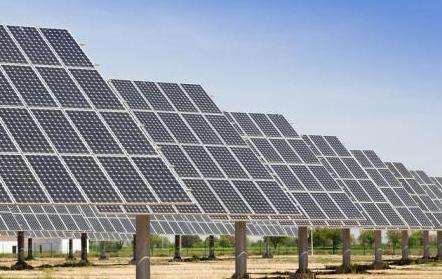Lithium batteries for solar street lights can be used in Northeast China without heating, but the following factors should be considered.
First of all, low winter temperatures in northeast China may have a certain impact on the performance of lithium batteries. The operating temperature of lithium batteries is generally between 0°C and 45°C. When it is below 0°C, the discharge capacity and charging efficiency of lithium batteries decrease, reducing battery life. Therefore, in winter in the Northeast, lithium battery performance may be subject to some limitations.
Second, the photovoltaic panels of solar street lights have shorter sunshine hours and lower light intensity in winter, which will also affect the charging efficiency of lithium batteries. If the lighte is insufficient, the photovoltaic panels cannot fully absorb solar energy, which prevents the lithium battery from fully charging, thereby affecting the use time and brightness of the street lights.
In order to solve these problems, some measures can be taken to improve the use effect of lithium batteries for solar street lights in the Northeast region. First, you can choose lithium batteries with a higher operating temperature range, such as low temperature lithium batteries, which can work normally at lower temperatures. Secondly, the surface area of the photovoltaic panels of solar street lights can be increased to improve the light absorption capacity of the photovoltaic panels and increase the charging efficiency. Additionally, you can also consider increasing the battery capacity to increase the battery life.use of street lamps.
In short, lithium batteries for solar street lights can be used in Northeast China without heating, but attention should be paid to the impact of winter temperature on battery performance lithium and the impact of lighting conditions on charging efficiency. By selecting lithium batteries suitable for low temperature environments and increasing the area of photovoltaic panels and battery capacity, the efficiency of solar street lights in the Northeast can be improved.
As long as the water pipes, water tanks, collection tubes and other parts of the solar water heater are not frozen and cracked, they can be used normally.
It is recommended to test the water first and troubleshoot if there is a problem.
Before the onset of winter in the Northeast, all water from the solar water heater must beevacuated to avoid damage caused by freezing.














